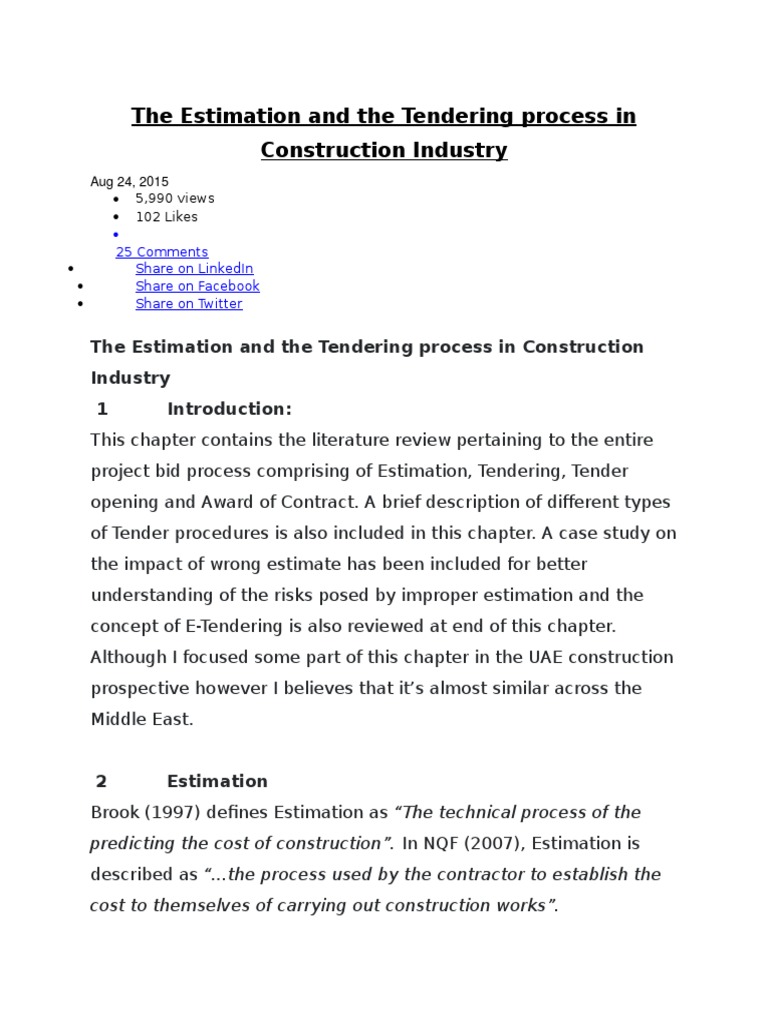- Serial Tendering Advantages And Disadvantages Meaning
- Serial Tendering Advantages And Disadvantages Data
- Advantages And Disadvantages Meaning
The advantages and disadvantages of the selective tendering are stated below. Only the competent contractors were invited to tender, then the lowest can be accepted. Reduces the availability of work for other contractors especially new contractors. Advantages of open tendering: There can be no favoritism. Can get the maximum benefit from competition. An opportunity is provided for any capable firm. Disadvantages of open tendering. Risk or danger that a firm inexperienced in preparing tenders may submit the lowest tender, that can cause problems in project execution.
Serial Tendering Advantages And Disadvantages Meaning
Types Of Tenders And Tendering Process Construction Essay. Serial tender and term tendering. The advantages and disadvantages of open tender are stated below.
Two-stage tendering is similar to the because the technical and financial proposals are submitted separately, but one before the other, rather than simultaneously. A key feature of this procurement method is that the submission of proposals takes place in two stages. Another, that bidders can assist in defining the technical requirement and the scope of work. Two-stage tendering is used for the procurement of goods, services and construction works, and there are several ways in which the process may be carried out. Two of the most common are illustrated below: 1.The first procedure is as follows: (i) The first stage is used for determining responsiveness to the request for offers and for clarifying and reaching agreement on the technical specifications. In this first stage, bidders are requested to submit a technical proposal with their best solution for fulfilling the requirement.
Serial Tendering Advantages And Disadvantages Data
The proposal is evaluated and scored, and the firm with the highest ranked technical proposal invited for discussions with the purpose of reaching agreement on the proposed technical solution. (ii)Stage two is for receiving the final offer of the technically highest ranked firm. This process is very similar to the quality-based selection (QBS) procedures used to request proposals from consulting firms when the Terms of Reference are difficult to define under highly specialized and complex requirements. In this second stage, if an agreement is reached, the technical specifications or terms of reference are finalized and the highest ranked firm is invited to first submit a financial proposal based on the agreed technical solution, and then to contract negotiations.

2.The second procedure is the following: (i) Under this modality of the procedure, in the first stage prospective bidders are requested to submit proposals on a partially developed technical specifications, and they are expected to contribute to the completion of the technical specifications and provide a methodology and work plan for carrying out the assignment. The technical proposals submitted are evaluated for responsiveness to the solicitation documents. A clarification and discussions meeting is held with all responsive bidders, and minutes of this meeting are prepared and distributed to all responsive bidders. The results of this meeting are used to finalize the technical specifications and the scope of work. Motu digital performer keygen crack download. First stage responsive bidders are then invited to submit technical and financial proposals based on the amended technical specifications and scope of work. (ii)In the second stage, responsive bidders submit technical and financial proposals as requested. The technical proposals are evaluated first, and the financial proposals remain sealed and secured.
Advantages And Disadvantages Meaning
Firms achieving the minimum technical qualifying mark or greater, as stated in the call for proposals, are then invited to the public opening of their financial proposals. Financial proposals are then evaluated, and the firm achieving the highest score on the combined technical and financial proposals evaluation is invited to contract negotiations.
If negotiations fail, the next highest ranked firm is called for contract negotiations. The above are only two variations of the two-stage tendering procurement method. There are others which given the degree of complexity will not be discussed in this text.
Advantages of the two-stage tendering process: It is a more flexible approach to awarding contracts because it allows participation of prospective bidders in the definition of the technical specifications and scope of work. The preferred bidder is more likely to have a good understanding of the requirement, which potentially reduces risks in the implementation of the contract. Prospective bidders are able to make suggestions for improvement of the technical specifications and scope of work of the assignment, through their technical proposal and clarification discussions. The second stage tendering time is reduced.
The technical approach and methodology can be adjusted to suit the agreed technical specifications and scope of work. Risk is minimized given the early involvement of prospective bidders in the definition of the technical specifications and scope of work. A financial proposal is submitted only after reaching agreement on the technical specifications and scope of work. A contract is negotiated on the basis of the agreed technical specifications and scope of work. More certainty regarding the qualifications of the preferred bidder. Disadvantages of the two-stage tendering process: Extended procurement lead-time due to two stage submission process. Second stage negotiations with the highest ranked bidder could prove difficult and protracted.